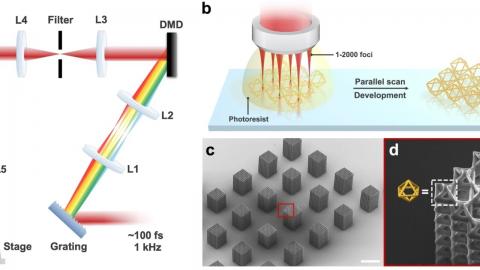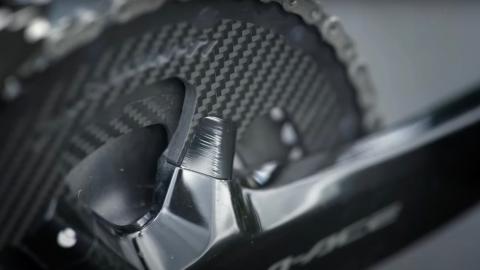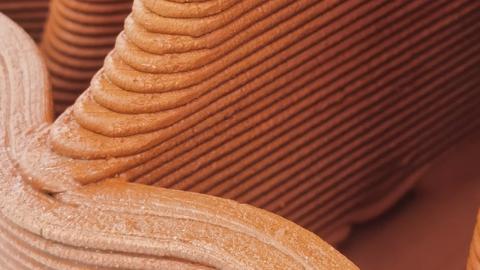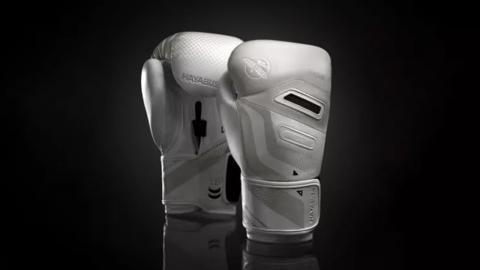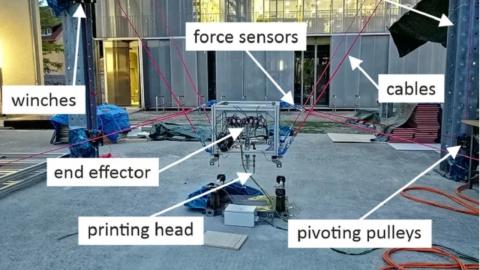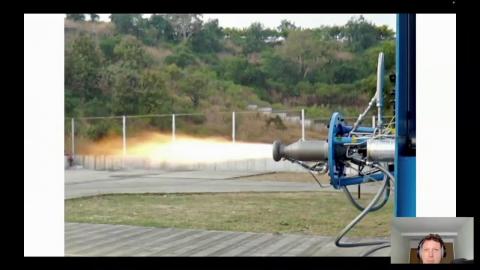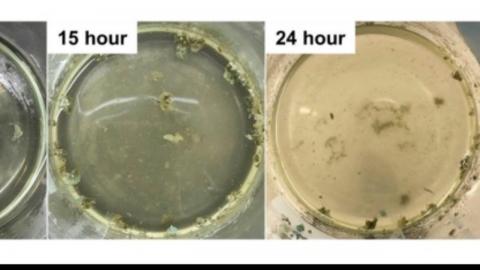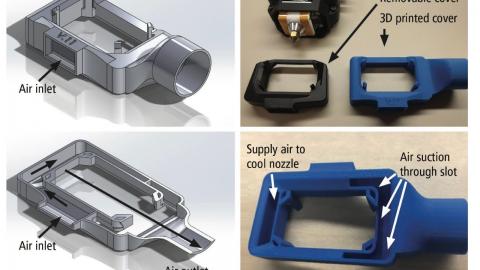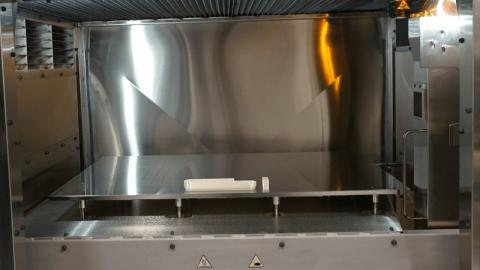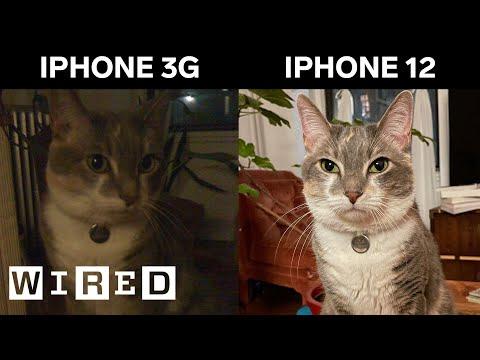3D Printing News Unpeeled: FluidForm, Teamcenter and TPL Holography
Description
Fluidform books progress in cardiac tissue and drug discovery. Working with Merck & Co. the company has seen success with its Cardiac Drug Discovery Platform (CDDP) for in-vitro toxicology and pharmacology testing. The duo found that, ¨including highly aligned cells at true physiologic density, with reproducible calcium transients and fast conduction velocity. When subjected to the β-adrenergic receptor agonist isoproterenol, tissue showed native-like positive chronotropic and inotropic responses.¨
FluidForm’s Adam Feinberg said,
“Existing in-vitro models have not provided the information needed to identify the best drug candidates for human disease, and animal models fail to capture the physiology of the human heart. FluidForm’s CDDP is the first tool to give actionable, translationally relevant signals at the critical juncture of lead selection and lead optimization.”
This is a huge opportunity for FRESH and bioprinting in proving its worth in drug discovery before 3D printing organs.
A new open access Nature paper, Ultrafast 3D nanofabrication via digital holography, by Wenqi Ouyang, Xiayi Xu and others explores how
two-photon lithography (TPL) holography can produce highly detailed parts quickly. The process uses 2000 programable lasers to print at 2,000,000 voxels/sec in the multifocus holographic TPL process. The astounding speed lets them print a microgram in 290 ms at a 90 nm resolution. That could mean a leap in nano and micro printing as well as micro machines.
Daimler Truck has opted for Siemens Xcelerator (NX) based Teamcenter for PLM. This is a great moment to be selling PLM software and we must realize the power and market that Siemens has and just how long companies like Daimler are likely to stick with it.


